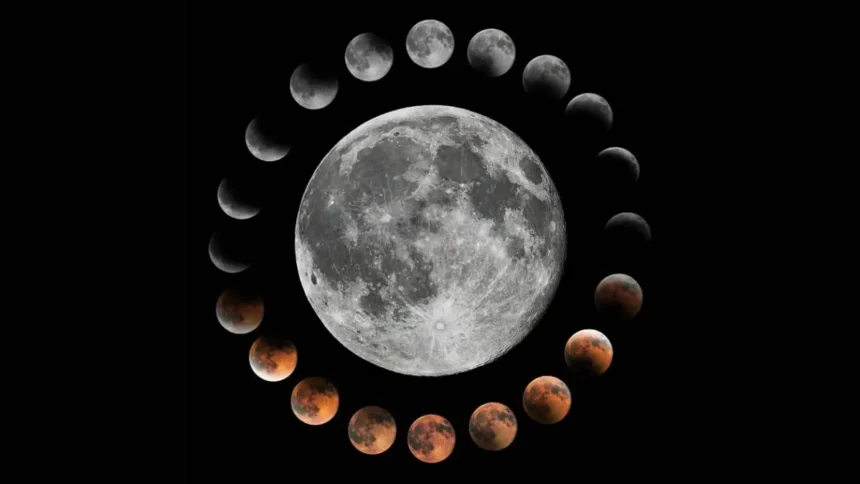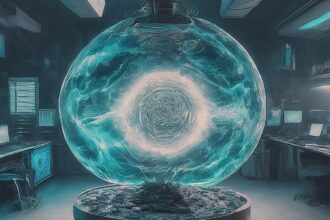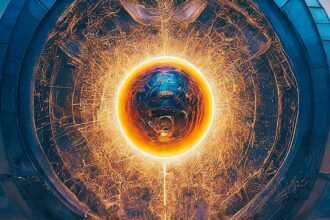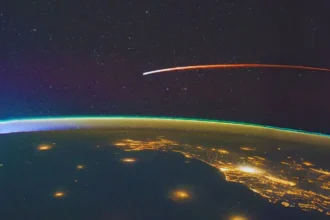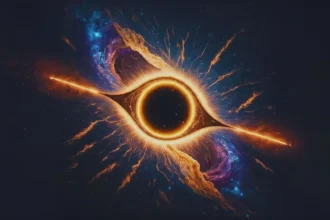Have you ever looked up at the night sky and wondered why the moon looks different from night to night? Sometimes it’s a bright, round circle, and other times it looks like a thin banana sliver. It might even seem to disappear! The moon doesn’t really change shape, but the way we see it lit up by the sun changes every night. These changes are called the phases of the moon.
The Sun, the Earth, and the Moon: A Cosmic Dance
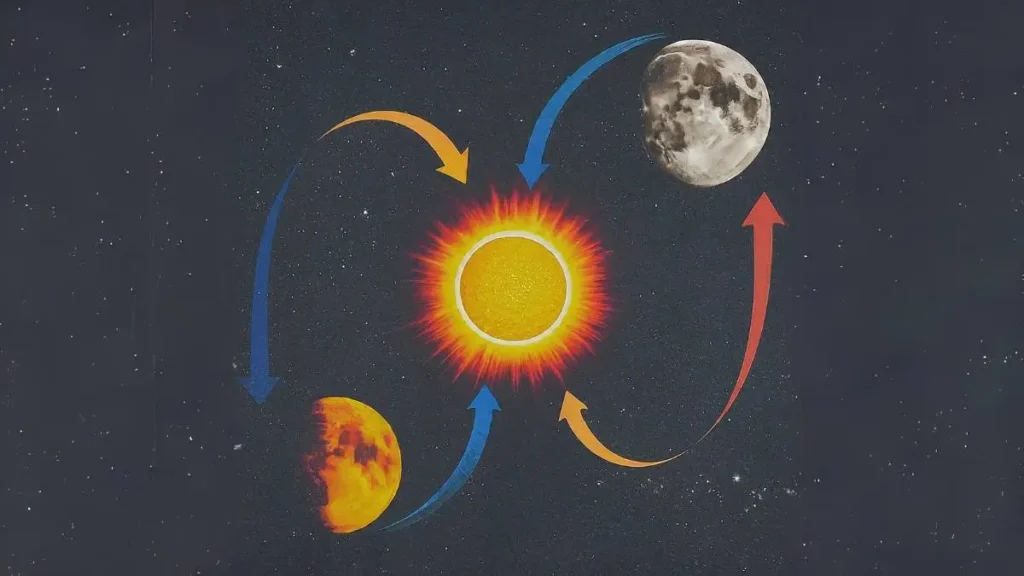
To understand the moon’s phases, we need to remember three important things:
- The Sun is our source of light: The sun is like a giant, glowing ball of fire sending light in all directions. The Earth and the moon don’t make their own light; they just reflect light from the sun.
- The Moon orbits the Earth: The moon takes about a month to complete a circle around our planet.
- We see things because of reflected light: Imagine holding a shiny ball in a dark room. There’s no light, so you can’t see it. But if you turn on a flashlight and point it at the ball, suddenly you can see it! That’s because the light bounces off the ball and reaches your eyes.
The Phases Explained
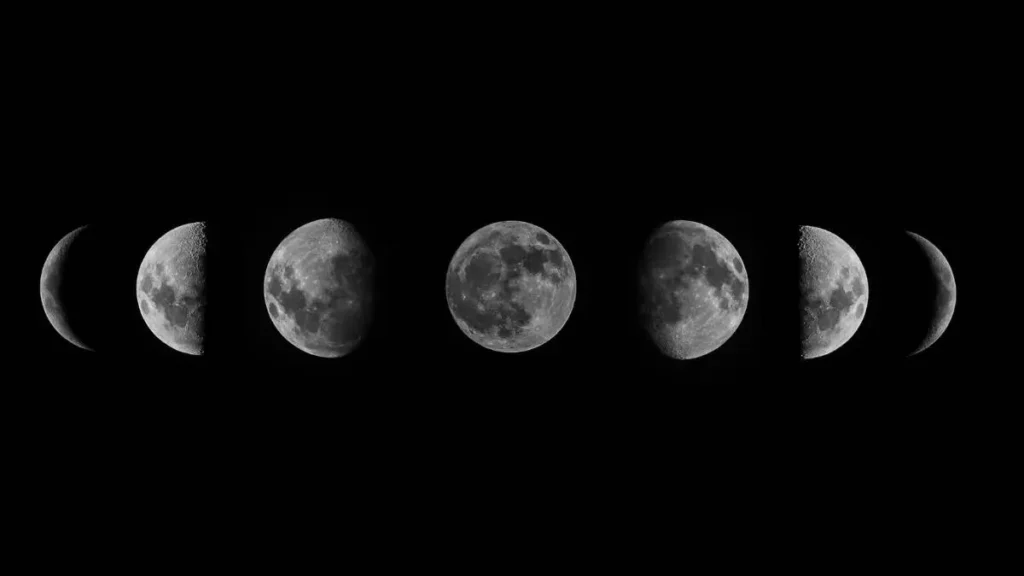
The moon always has one half lit by the sun, like one side of the shiny ball always facing the flashlight. But as the moon circles the Earth, we see a different amount of the lit-up side, creating the phases. Here’s a breakdown:
- New Moon: From Earth, we can’t see the lit-up side at all. The moon is between the sun and Earth, so it looks dark in the sky.
- Waxing Crescent: A few days later, we begin to see a sliver of the lit side – a crescent shape! The moon is “waxing,” meaning it seems to be growing bigger.
- First Quarter: We see half the moon lit – like a half-circle.
- Waxing Gibbous: The moon continues to appear mostly lit.
- Full Moon: Now we see the whole lit-up side! The Earth is right between the sun and the moon.
- Waning Gibbous: The moon begins to “wane,” meaning it appears to get smaller.
- Last Quarter: Again, we see only half the moon lit.
- Waning Crescent: A tiny sliver remains visible before the moon goes back to the new moon and the cycle repeats!
Remember: The moon itself doesn’t change shape. It’s the same moon all the time, we just see a different amount of the sunlit side as it moves around the Earth.
Extra Bonus: Ever wanted to try and find the moon in the daytime? Sometimes, depending on its phase, you can see a faint moon in the blue sky!
And there you have it! Now the next time you look up at the moon, you’ll know exactly why it goes through so many changes.
